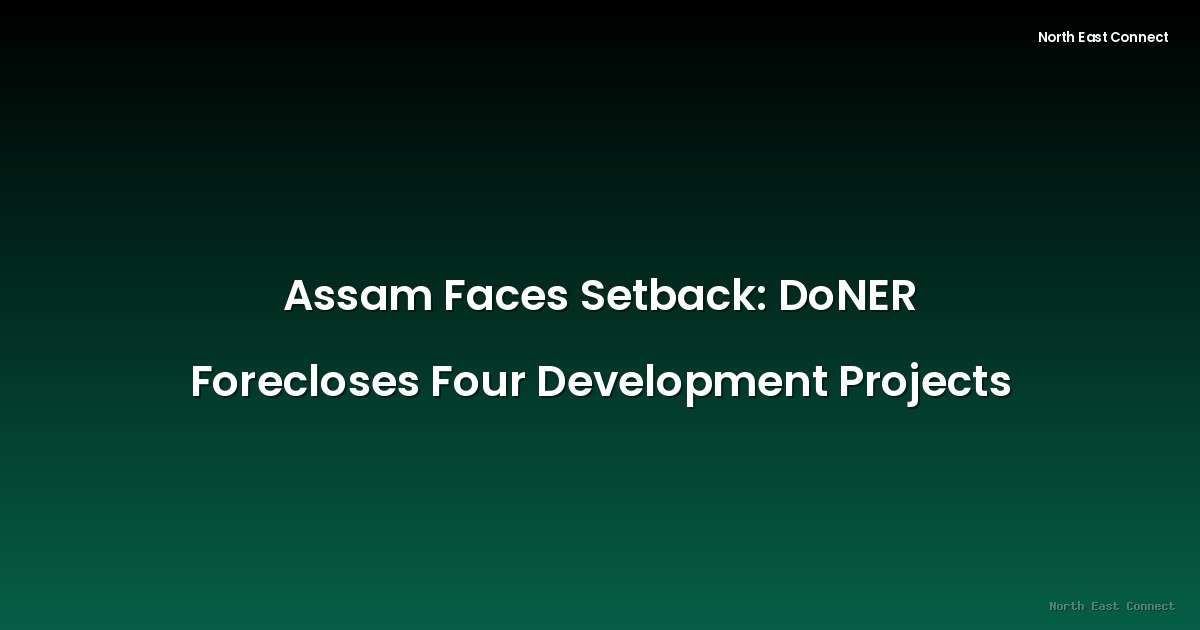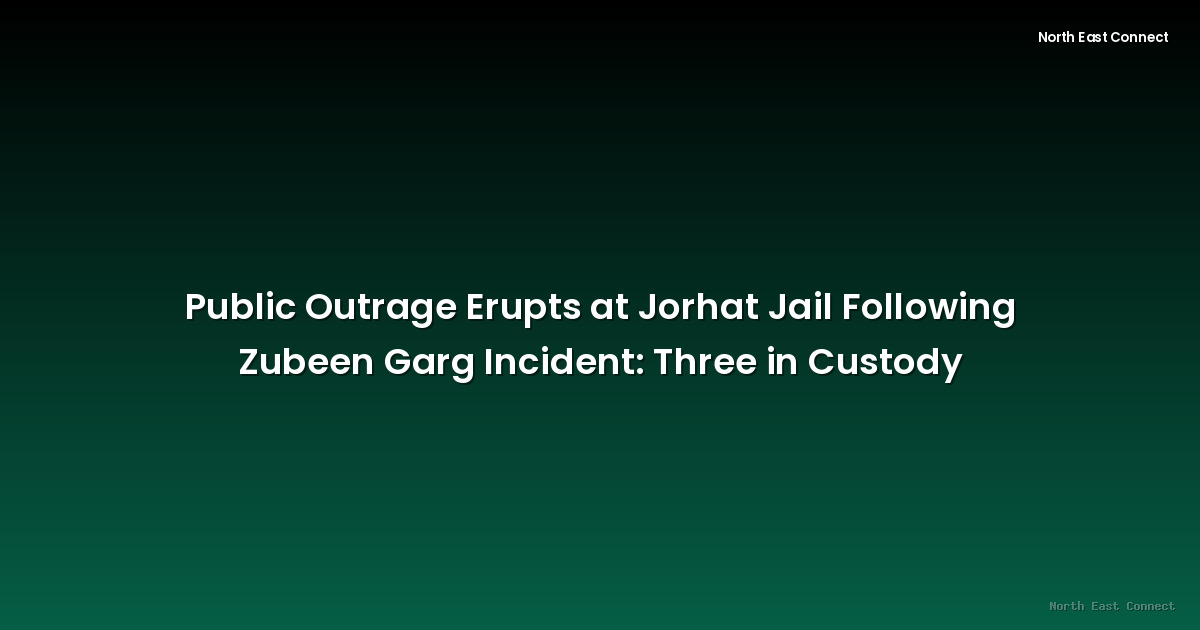2025-08-25 · News
The Ministry of Development of North Eastern Region (DoNER) recently announced the foreclosure of four development projects located in Assam. This decision has sparked discussions regarding the state's ongoing infrastructure development plans and the implications for the affected regions. While the specific reasons behind the foreclosure haven't been publicly detailed in full, the move highlights potential challenges in project execution and resource allocation within the Northeast.
The four projects, whose specifics remain undisclosed by official channels as of this writing, were likely subject to comprehensive review before the DoNER ministry reached its decision. Such reviews often consider factors including progress against timelines, budgetary constraints, and the overall feasibility of continuing the projects. The lack of transparency surrounding the project details prevents a complete understanding of the rationale behind the foreclosure. However, past instances of project foreclosures often stem from issues like contractor defaults, land acquisition difficulties, environmental clearances, or simply a lack of sufficient progress after a significant investment of time and resources.
This development raises concerns about the broader landscape of infrastructure development in Assam and the Northeast region. It is vital that the government provides clear and detailed explanations regarding the circumstances surrounding the foreclosure of these four projects. Open communication will foster transparency and allow for a thorough analysis of the reasons behind the decision, aiding in preventing similar issues in future projects.
The impact on the local communities directly affected by these foreclosed projects also needs consideration. Depending on the nature of the projects, the foreclosure could lead to job losses, disruptions to planned infrastructure upgrades, and potential delays in accessing essential services. The government's plan to mitigate the negative consequences for affected individuals and communities is crucial.
The DoNER ministry's role is essential to the overall development of the Northeast. This instance underscores the need for improved project management, robust monitoring systems, and proactive measures to address challenges throughout the project lifecycle. Strengthening coordination between various government agencies and stakeholders can enhance project efficiency and reduce the risk of future foreclosures. Furthermore, a thorough post-mortem analysis of these four specific projects is crucial to extract valuable lessons and ensure that future development endeavors are executed more effectively.
The situation highlights the complexities of large-scale development projects and the need for a more transparent and accountable approach. It also serves as a reminder of the potential challenges facing the Northeast's growth trajectory and the importance of proactive planning and strategic implementation of development initiatives. While the specifics remain to be fully disclosed, the move necessitates a closer examination of resource allocation, project management, and the impact on regional development in Assam. Further clarification from relevant authorities is needed to provide a comprehensive understanding of the situation and its implications. The long-term effects on Assam's development and the communities affected remain to be seen.







